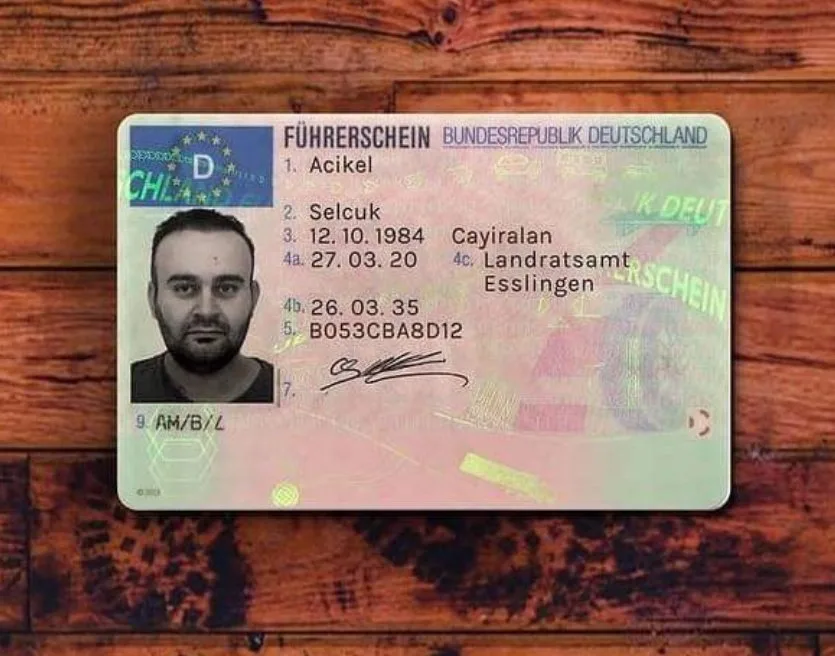The Ultimate Guide to Acquiring Your Driving License

Getting a driving license is a rite of passage for many individuals all over the world. It signifies independence, duty, and the capability to browse the world on your own terms. Whether you are a teen excited to hit the roadway or an adult looking to embrace new chances, understanding the procedure of acquiring a driving license is important. This article intends to assist you through the essential steps and factors to consider for acquiring your driving license.
Action 1: Understand the Requirements
The requirements for obtaining a driving license can differ considerably from one region to another. Familiarize yourself with your local Department of Motor Vehicles (DMV) or comparable authority's policies. Generally, requirements might include:
Age: Most places need you to be at least 16 years old to look for a learner's license and 18 to get a full license.
Identification: A government-issued ID or birth certificate is usually required to show your identity and age.
Residency: You might need to provide proof of residency in the jurisdiction where you are applying.
Vision Test: A basic vision test is frequently needed to guarantee you can see well sufficient to drive safely.
Step 2: Obtain a Learner's Permit
Before you can acquire a complete driving license, you will generally require to start with a learner's authorization. This enables you to practice driving under certain constraints, usually while being monitored by a licensed grownup. The actions to get a learner's authorization generally consist of:
Pass a Written Test: Many places require you to take a composed or computer-based test covering the guidelines of the road and traffic signs. Studying your state's driver's handbook can be exceptionally valuable in getting ready for this exam.
Application Fees: Be prepared to pay a little application cost to acquire your student's license.
Obtain Supervised Driving Hours: There may be a minimum number of practice hours you need to log with a licensed driver, normally ranging from 20 to 50 hours.
Action 3: Enroll in Driver Education
Though not constantly mandatory, registering in a driver education course can be extremely useful. These courses generally cover:
Theory Lessons: Understanding traffic laws, safe driving practices, and how to deal with various driving situations.
Behind-the-Wheel Training: Practical driving sessions with a certified instructor, which can assist develop your confidence and abilities.
Numerous states offer online courses, in-person classes, or a combination of both. Check with your DMV to see what alternatives are available.
Step 4: Practice, Practice, Practice
Once you have your student's permit, it's essential to get as much driving practice as possible. Use the time to become comfortable with:
Parallel Parking: A skill that frequently comes up in testing.
Navigation: Understanding how to check out maps or use navigation gadgets.
Driving in Different Conditions: Gain experience driving in numerous climate condition and at various times of day.
Aim to practice a variety of driving circumstances, consisting of city driving, highway driving, and rural driving to build your abilities.
Step 5: Schedule Your Road Test
When you feel great in your driving capabilities and have finished the required practicing hours, you can arrange your road test. This test generally includes:
Pre-Drive Inspection: You might be asked to show your understanding of the car's controls and carry out a security check.
Driving Test: An inspector will accompany you in the car, assessing your driving abilities, consisting of adherence to traffic laws, road positioning, and total control of the car.
Be sure to examine what documentation you require to bring to the test, such as your learner's authorization and proof of completed driver education, if applicable.
Step 6: Pass the Road Test
If you successfully pass your road test, congratulations! You will get your driving license. However, if you do not pass, do not be discouraged. Many places enable you to retake the test after a waiting period, giving you the opportunity to practice further and enhance your abilities.
Action 7: Know the Post-License Responsibilities
As soon as you obtain your driving license, it's vital to understand your responsibilities as a driver. This includes:
Adhering to Traffic Laws: Always follow speed limits, use your seatbelt, and prevent diversions while driving.
fahrerlaubnis erkaufen : Most regions require chauffeurs to have car insurance coverage, so be sure to comprehend what protection you need.
Renewal: Familiarize yourself with the process for renewing your license, which usually needs to be done every couple of years.
Conclusion
Getting your driving license is not just about passing tests; it's about cultivating a long-lasting mindset of obligation and safety. By following these actions and respecting the guidelines of the road, you'll not only get the flexibility of the open road however also contribute to much safer driving environments for everyone. Happy driving!
